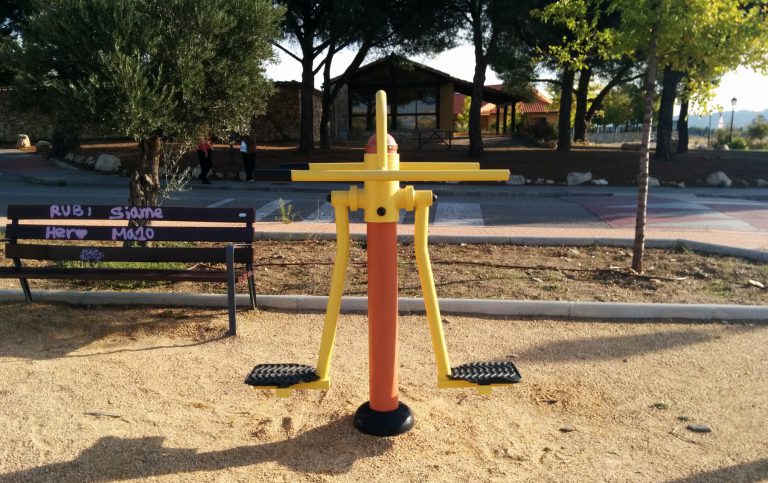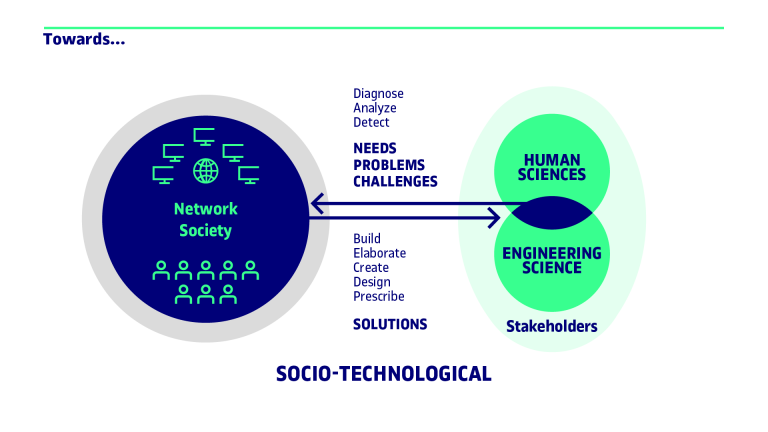Young women’s interest in STEM: Why should we worry?
5 March, 2019 Young women’s interest in STEM. Photo by Tim Gouw, Unsplash
Young women’s interest in STEM. Photo by Tim Gouw, UnsplashMany girls are reluctant to choose Science, Technology, Engineering and Mathematics (STEM) disciplines related to computer science, engineering and hard sciences. In fact, and according to the Spanish Ministry of Education (MECD, 2018), during the 2016-2017 academic year women represented only 17%, 17.39%, and 11.83% of the student enrollments in computer science, electrical and energy engineering, and electronics and automation technologies, respectively.
However, women outnumbered men in STEM disciplines related to the provision of healthcare, such as medicine or pharmacy, representing 65.8% and 69.58% of total enrollments in these studies, respectively. In addition, women were significantly represented in scientific disciplines such as biology, mathematics, and chemistry, accounting for 61.78%, 37.66%, and 53.20%, respectively, of student matriculation in these university degrees.
Why should be worried about these issues?
This pattern of underrepresentation and overrepresentation of women in STEM fields is a widespread phenomenon that can be also observed in many other Western countries like the US, Canada, Germany, or Finland. As in Spain, gender differences by disciplines can be also observed in these contexts.
According to data from UNESCO (2017), within the female student population in higher education globally, only around 30% choose STEM studies. The enrollment of women is particularly low in information and communication technologies (ICT) (3%), natural sciences, mathematics, and statistics (5%), and engineering, manufacturing and construction (8%). However, the highest number of women can be observed in health and welfare (15%) studies (UNESCO, 2017).
The aforementioned data evidence that women do not participate on equal terms of the development and production of technological appliances or the provision of education and care to other people. This also suggests that it is a timeline topic aligned with at least two UNESCO’s Sustainable Development Goals, mainly with those aimed at attaining gender equality and reducing inequalities worldwide. Furthermore, taken into consideration that women are also underrepresented in positions of influence and leadership, the dearth of women in scientific and technological fields is especially attention-grabbing, since technology is present in the majority of the quotidian activities that we perform.
It is thereby crucial to continue investigating the best ways to encourage the participation of women in STEM fields in which they are currently underrepresented. In this regard, research has typically put the focus on the factors discouraging children and girls from entering in STEM disciplines with a high technological orientation like all the different engineering specialties. But if we want to attain a gender equal-based society, it is also essential to examine men’s pathways of interest in fields like the life sciences where they are underrepresented.
This former perspective remains crucial, but since women’s scientific and technological contributions have remained unknown all over the course of history these contributions should be made more visible in different contexts.
Nowadays, there are several instances of women who design, produce, and lead scientific and technological innovations through modern digital technologies such as Artificial Intelligence. This evidences how women’s talents in STEM may support the transformation of current technological goods and services. For this reason, the presence of more role models of women in science and technology is essential if we want to break current gender stereotypes about who designs and produces technologies. This will facilitate that emerging generations recognize that women also play an outstanding role in the creation of scientific and technological tools and facilities. This may also contribute to raise girls’ interest in those STEM fields where they are currently underrepresented. Thus, the design of long-run interventions in educational contexts is highly required if we want to witness changes. In fact, pre-service and in-service teachers’ training should be more gender sensitive.
Books and didactic materials of all subject areas in primary and secondary education should bring more examples of women who have contributed throughout history to the development of science, technology, and culture. In addition, the incorporation of a gender dimension in the design and production of technological appliances and services is crucial. The integration of sex and gender analysis into research and innovation in the production and design of technology should guarantee that progress responds to a higher spectrum of social needs.
Interventions to raise girls’ interest in STEM
Last 8 January 2019 Janet Hyde, Professor of Psychology at the University of Wisconsin, participated in the seminar organized by GENTIC, ‘Interventions to raise girls’ interest in STEM.’ The seminar was organized under the framework of the research grant GESTEMI. Effects and effectiveness of the interventions aimed at increasing young women’s interest in science and technology’. This grant runs between 2018 and 2021 and is funded by the Spanish Ministry of Industry, Economy, and Competitiveness. FEM2017-84589-R.
In the first session of the seminar professor Hyde talked about possible ways to increase the representation of women in male-dominated STEM disciplines like engineering or computer science. She started her talk discussing some hypothesized reasons (such as the lack of role models or the influence of gender stereotypes) for women’s underrepresentation in STEM fields. Then, she continued talking about a group of interventions that inspired in solid theoretical paradigms have been conducted to encourage the participation of girls in STEM fields. In addition, during the second session of the seminar Milagros Sáinz, principal investigator of the research grant GESTEMI and current director of GENTIC, presented the main aims of GESTEMI with an overview of the four studies (a meta-analysis and three replica of experimental research already conducted in the US) that will aim at analyzing the effects and effectiveness of interventions carried out during the last 20 years to raise girls’ interest in STEM.
As an interdisciplinary research group, GENTIC attempts to cover different aspects of the study of gender inequalities in STEM and beyond, taking a life-course approach. With the support of different qualitative and quantitative methods we aim at providing answer to current challenges associated with the shortage of women in STEM disciplines. In this regard, our research ranges between a wide range of topics such as the influence of socialization forces on the development of young people’s interest in different studies and occupations, or the study of gender differences not only in terms of the design of technologies, but also in terms of access, use, and development of digital skills.
Milagros Sáinz
References
Mecd (2018) [Spanish Ministry of Education]. Avance de la estadística de estudiantes. Curso 2016-2017. Estudios de Grado y Primer y Segundo Ciclo. Retrieved from http://www.mecd.gob.es/servicios-al-ciudadano-mecd/estadisticas/educacion/universitaria/estadisticas/alumnado/2016-2017/Grado-y-Ciclo.html
Unesco (2017). Cracking the code: Girls’ and women’s education in science, technology, engineering and mathematics (STEM). Retrieved from https://en.unesco.org/unesco-international-symposium-and-policy-forum-cracking-code-girls-education-stem
More information
2019, 12 de febrero. El Periódico. Janet Hyde: “Reivindicar que hombres y mujeres somos iguales se ha convertido en una idea radical”
2019, 17 de enero. Ara. Una cosa buena de Trump es que ha hecho renacer el movimiento feminista en EEUU





